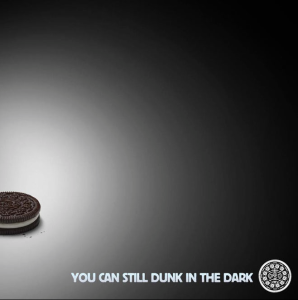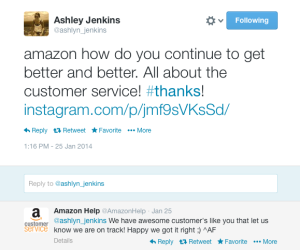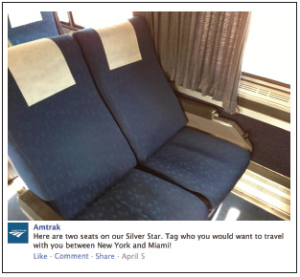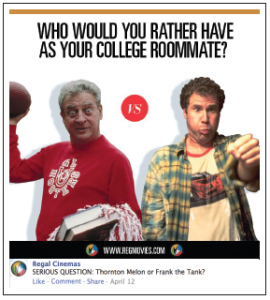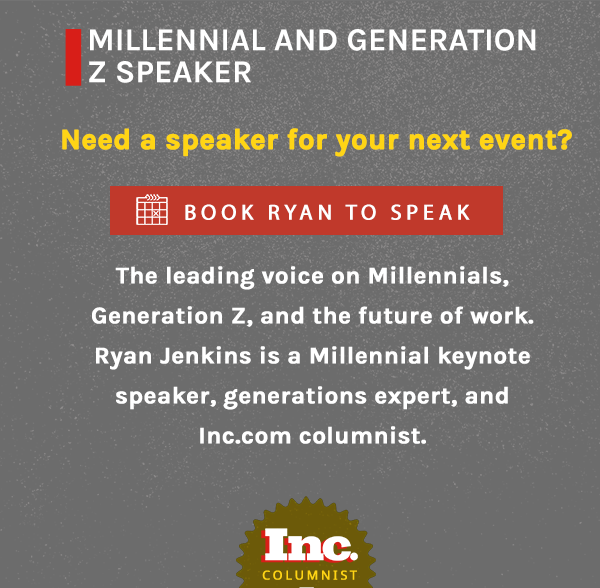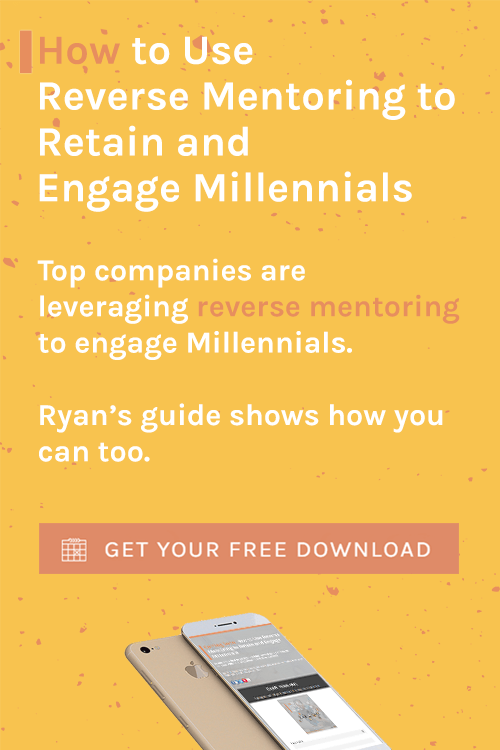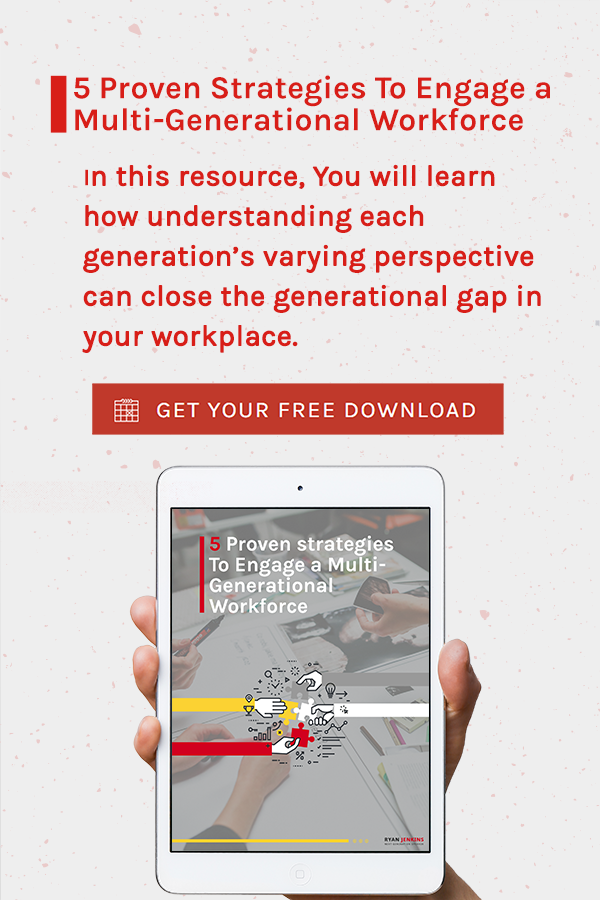Social media, technology and Millennials have forever changed the way brands brand. Our expectations have never been higher for brands to deliver on value before we’ve even made a purchase decision. Culture has shifted, so should your branding strategy.
5 Branding Shifts Needed To Connect With The Next Generation Consumer
1) Platforms. The platforms in which we consume brand messages have changed. The 2-3 screen experience is a reality and TV commercials are only seen in fast forward mode thanks to DVRs. Billboards are passed by cars with people consumed with their smartphones. Next generation consumers are engaging with brands via YouTube, Instagram, Vine, Facebook, Pinterest, Twitter and Snapchat. Engaging with a brand on a mobile device via these social media platforms (done right) can be a much more intimate experience for consumers.
Example: One of the most successful ads of the 2013 Super Bowl was not a million dollar commercial but rather a free tweet pic from Oreo. Perfect timing on the perfect platform.
2) Posture. Back when we used to walk the dusty trail to our local butcher shop, the way to expand a brand was 1 to 1 marketing. Brand messages spread word of mouth. Insert mass media and soon newspapers, billboards, radio spots and banner ads broadcasted a brands message (1 to many marketing) with little personal connection. Social media has allowed for the resurgence of 1 to 1 marketing. Strike the right posture on the right platform and millions could see your genuine 1 to 1 marketing as today's brand messages have the potential to spread world of mouse.
Example: My wife recently bought a book on Amazon that she then had to return. When she went online to return the book, Amazon said “As a valued customer, you don’t need to return this item to get a refund.” She was so thrilled she Instagrammed her laptop screenshot and tweeted about it. This is how Amazon responded.
3) Perspective. We are witnessing the humanization of brands. The resurgence of 1 to 1 marketing means brands have to have authentic personality behind them. Millennials will not follow and engage with soulless brands. Millennials want to connect with brands as they would connect with their friends. They use brands to amplify their identity. Don’t be afraid to initiate or engage with fans/customer in a way that makes your brand seem more tangible.
Example: Amtrak struck an emotional cord with this fun and clever challenge on Facebook. And you could tell there was a real person behind this post because a fan suggested Justin Bieber as their preferred seatmate and Amtrak replied with “But where would Selena Gomez go?” Brilliant because Amtrak reveals it has a pulse on pop culture, a sense of humor and a real interest in their customer.
4) Package. How brands package their message has to shift due to today’s mobile movement. We live in a feed economy where we stream our Twitter, LinkedIn, blog and news feed with a flick of our finger. Brands messages have limited time to pack a punch with Millennials. Snapchat is going to be interesting because it’s forcing us to pay attention because after a few seconds - poof - the content is gone. Brands must leverage humor, video and stunning images to connect with consumers in the feed economy.
Example: The Conference Call In Real Life video went viral due to it’s relevance: in real life (IRL) is a current trend and most can relate to the challenges of conference calls. The video packaging works because it leverages the social platform, YouTube, and serves up hilarious content before asking to take action on the brand message. (Btw Leadercast is hands-down one of the best leadership conferences.)
5) Purpose. The purpose of today’s branding is more about adding value then it is about broadcasting a message. Brands can no longer ask “Buy our shoes.” but rather need to add value (with a beautiful image, a well-crafted question or insights on the best insoles. Building brand equity looks very different today than years past. Doing the right thing has never been more front and center than it is in today’s transparent-social-connected culture. One misstep and a brand can get blasted across the web for their pushy pitches or insensitive and irrelevant material.
Example: Regal Cinemas is not selling anything in this Facebook post. They are simply providing humorous, thought provoking, value-add content to their fans. Millennials hate feeling marketed to so engage instead.
Question: How will your brand messaging change due to today’s culture shifts?


